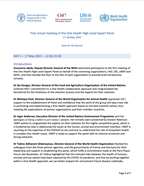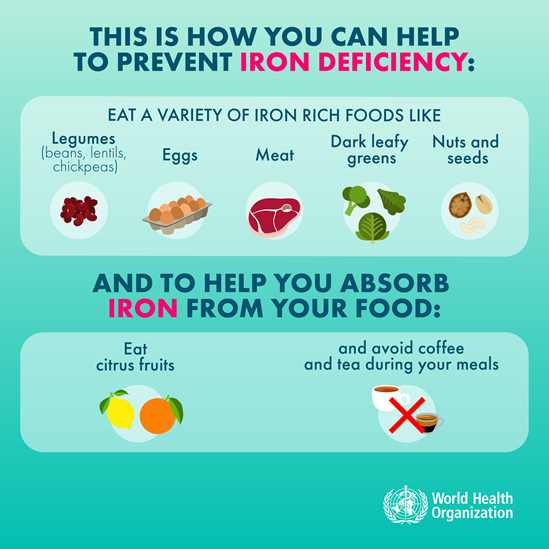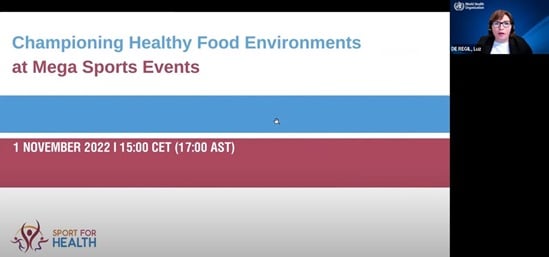Nutrition
Nutrition is a critical part of health and development. Better nutrition is related to improved infant, child and maternal health, stronger immune systems, safer pregnancy and childbirth, lower risk of non-communicable diseases (such as diabetes and cardiovascular disease), and longevity.
Healthy children learn better. People with adequate nutrition are more productive and can create opportunities to gradually break the cycles of poverty and hunger.
Malnutrition, in every form, presents significant threats to human health. Today the world faces a double burden of malnutrition that includes both undernutrition and overweight, especially in low- and middle-income countries. There are multiple forms of malnutrition, including undernutrition (wasting or stunting), inadequate vitamins or minerals, overweight, obesity, and resulting diet-related noncommunicable diseases.
The developmental, economic, social, and medical impacts of the global burden of malnutrition are serious and lasting for individuals and their families, for communities and for countries.
Most recent estimates show that globally, 149.2 million children under the age of 5 years of age are stunted (too short for their age) and 45.4 million are wasted (underweight for their height). The number of children with stunting is declining in all regions except Africa. Over three-quarters of all children suffering from severe wasting live in Asia.
Around 45% of deaths among children under 5 years of age are linked to undernutrition. These mostly occur in low- and middle-income countries.
Anaemia is a serious global public health problem that particularly affects young children and pregnant women. WHO estimates that 40% of children less than 5 years of age and 37% of pregnant women worldwide are anaemic. Thirty percent of women of reproductive age have anaemia.
Globally, 1.9 billion adults are overweight or obese and 38.9 million children under 5 years of age are overweight. Rates of childhood overweight and obesity are rising, particularly in high-income and upper-middle-income countries.
Although breastfeeding protects against undernutrition and overweight, only 44% of infants under 6 months of age are exclusively breastfed.
High sodium consumption (>5 g salt/day) contributes to high blood pressure and increases the risk of heart disease and stroke. Most people consume too much salt – on average 9–12 grams per day, or around twice the recommended maximum level of intake.
According to the 2016–2025 nutrition strategy, WHO uses its convening power to help set, align and advocate for priorities and policies that move nutrition forward globally; develops evidence-informed guidance based on robust scientific and ethical frameworks; supports the adoption of guidance and implementation of effective nutrition actions; and monitors and evaluates policy and programme implementation and nutrition outcomes.
This work is framed by the Comprehensive implementation plan on maternal, infant, and young child nutrition, adopted by Member States through a World Health Assembly resolution in 2012. Actions to end malnutrition are also vital for achieving the diet-related targets of the Global action plan for the prevention and control of noncommunicable diseases 2013–2020, the Global strategy for women’s, children’s, and adolescent’s health 2016–2030, the report of the Commission on Ending Childhood Obesity (2016), and the 2030 Agenda for sustainable development.
In May 2018, the Health Assembly approved the 13th General Programme of Work (GPW13), which guides the work of WHO in 2019–2023. Reduction of salt/sodium intake and elimination of industrially produced trans-fats from the food supply are identified in GPW13 as part of WHO’s priority actions to achieve the aims of ensuring healthy lives and promote well-being for all at all ages.











